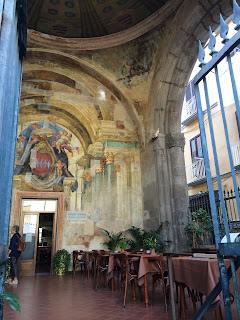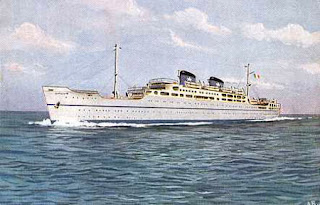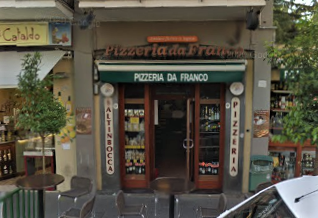Celebrate with a meal of pork and lentils for a prosperous New Year
 |
| Fireworks display are a traditional part of Festa di San Silvestro celebrations in Italy |
It is not a public holiday in Italy but it is usually a festive time everywhere, with firework displays, concerts and parties. This year, however, the celebrations have had to be drastically curtailed because of Covid 19 restrictions.
A curfew is in place across the whole of Italy from 10pm until 7am, so the gatherings that normally take place in the piazze - the public squares - cannot go ahead. In any event, Italians are under orders to stay at home, venturing out for only essential purposes, such as food shopping, healthcare or to take exercise.
The bars and restaurants in Sorrento are normally busy with residents and visitors enjoying drinks and meals before seeing in the New Year in the main square, Piazza Tasso, when the church bells ring out at midnight.
TV station Rai Uno’s traditional New Year’s Eve variety concert is usually an outdoor affair, with a different town or city each year chosen as the venue. In normal circumstances, the audience would be packed together in front of a stage erected in the main square to watch some of Italy’s favourite performers in an entertainment extravaganza spanning more than three hours, culminating in a New Year countdown at midnight.
 |
| Sorrento's main square, Piazza Tasso, normally sees large crowds gather to see in the New Year |
The restrictions ought not to hamper a tradition still followed in some parts of Italy, particularly in the south, of throwing your old things out of the window at midnight to symbolise your readiness to accept the New Year.
Likewise, families can still enjoy a Capodanno - New Year - feast, even if the numbers round the family table are fewer.
Popular menu items at New Year include cotechino (Italian sausage), zampone (stuffed pig’s trotter) and lenticchie (lentils).
 |
| Cotechino e lenticchie is a dish that often features on New Year's Eve menus in Italy |
The President of the Republic delivers an end-of-year message from the Quirinale in Rome, which is shown on most Italian television channels during the evening.
Sylvester I was pope from 314 until his death in 335, an important time in the history of the Catholic Church.
Some of Rome’s great churches, the Basilica of St John Lateran, the Basilica of the Holy Cross in Jerusalem and the old St Peter’s Basilica, were founded during his pontificate.





















